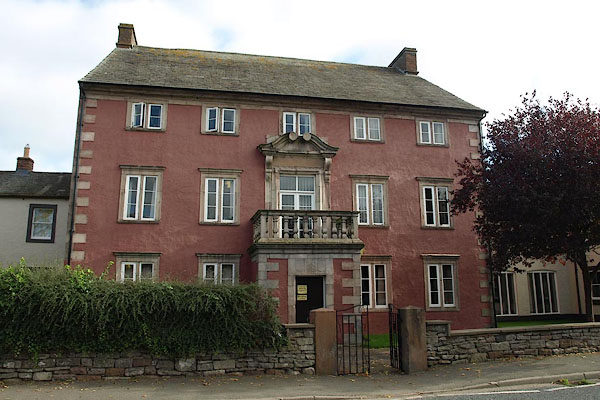





BRS79.jpg
Baxter, G R Wythen: 1841: Book of the Bastiles: Stephens, John
Checkland, S G &Checkland, E O A: 1974: Poor Law Report of 1834: Penguin Books
Dickens, Anna: 1976 (December): Architecture and the Workshouse: Architectural Review
Digby, Anne: 1978 : Pauper Palaces: Routledge
Driver, Felix: 1993: Ppower and Pauperism, the Workhouse System: Cambridge University Press
Longmate, Norman: 1974: Workhouse, The: Temple-Smith, Maurice
May, Trevor: 1997: Victorian Workshouse: Shire Publications (Princes Risborough, Buckinghamshire):: ISBN 0 7478 0355 2
Reid, Andy: 1994: Union Workhouse,T The: Phillimore
Rose, Michael: 1971: Englih Poor Law, 1780-1930: David and Charles (Newton Abbot, Devon)
Smith, Edward: 1870: Guide to the Construction and Management of Workhouses: Knight and Co
Webb, Sidney & Webb, Beattrice: 1963 (reprint) &1927=1929: English Poor Law History: Cass, Frank

 Lakes Guides menu.
Lakes Guides menu.